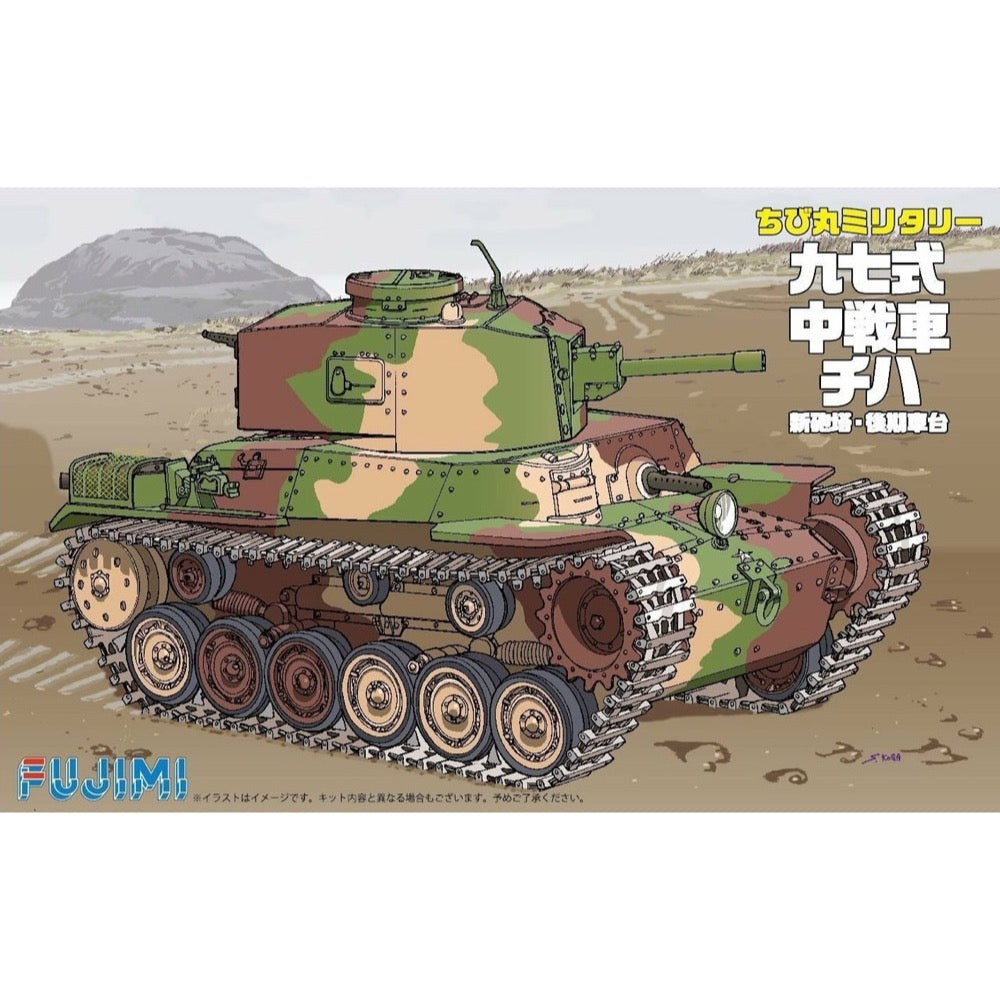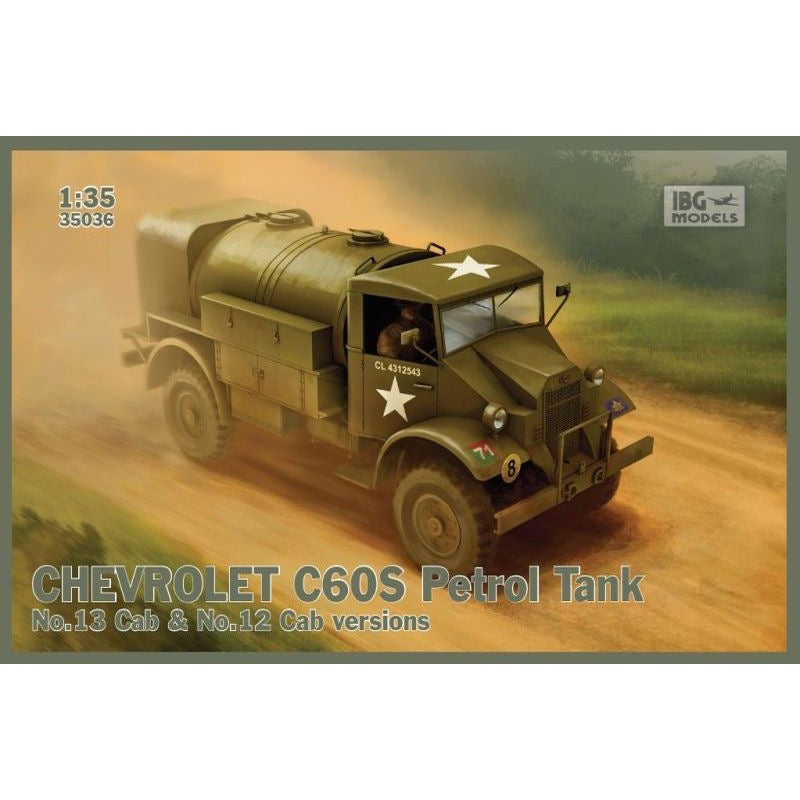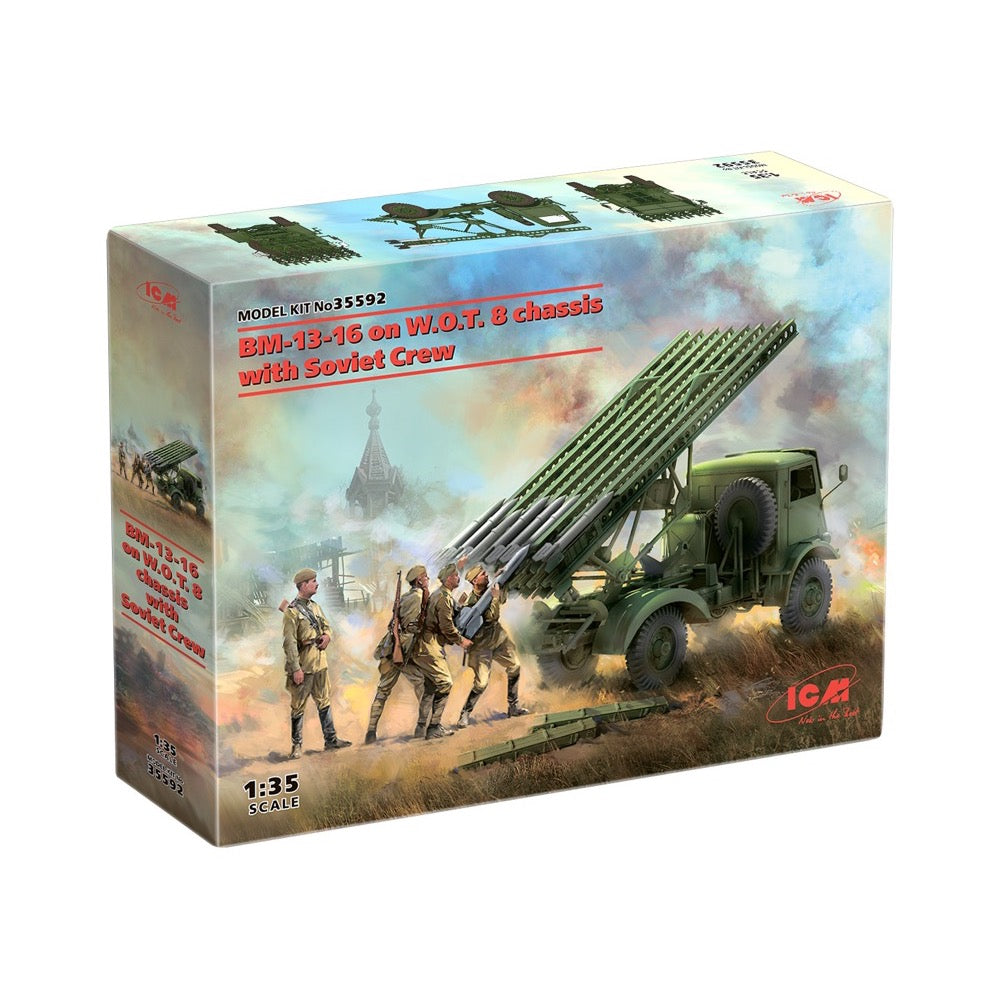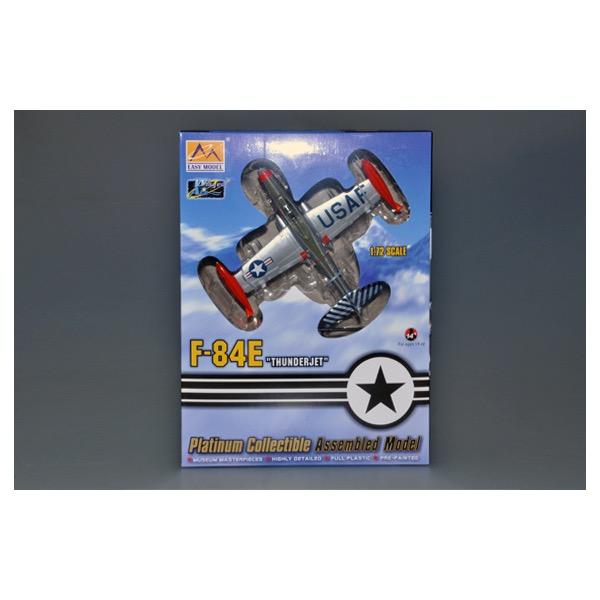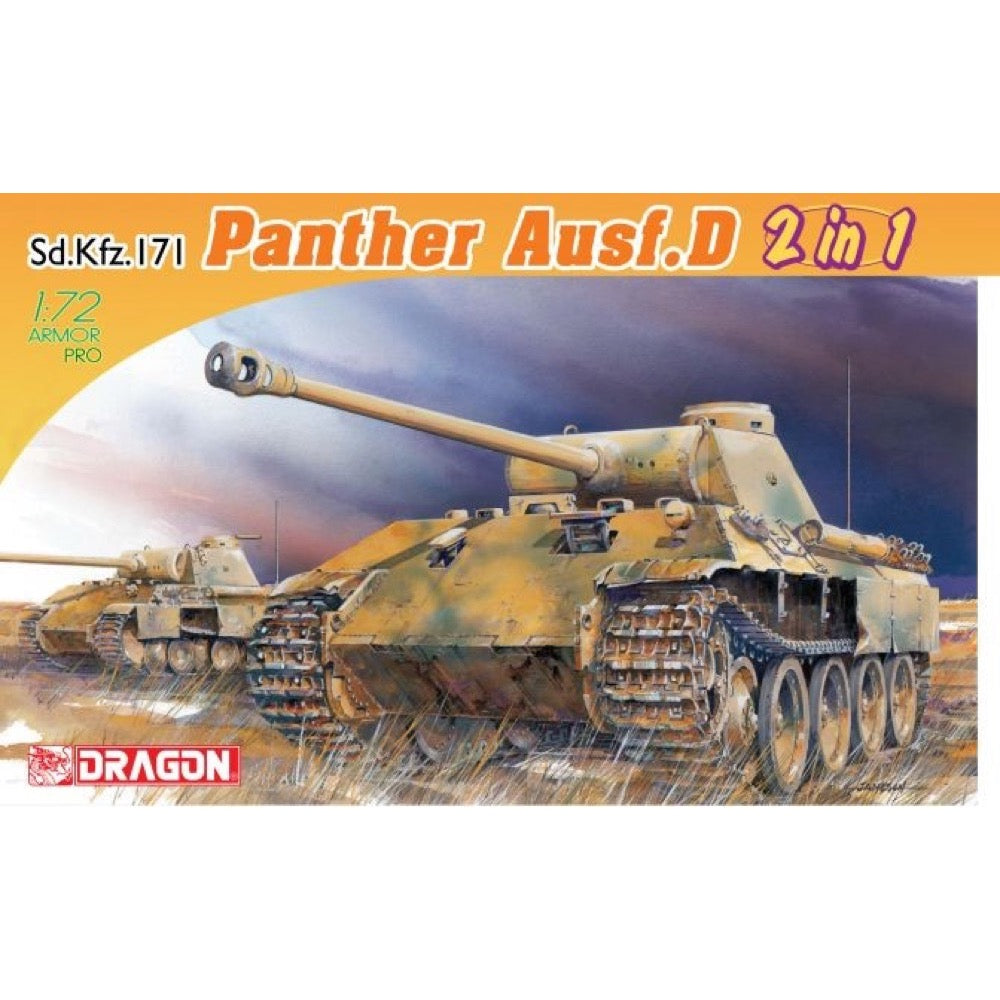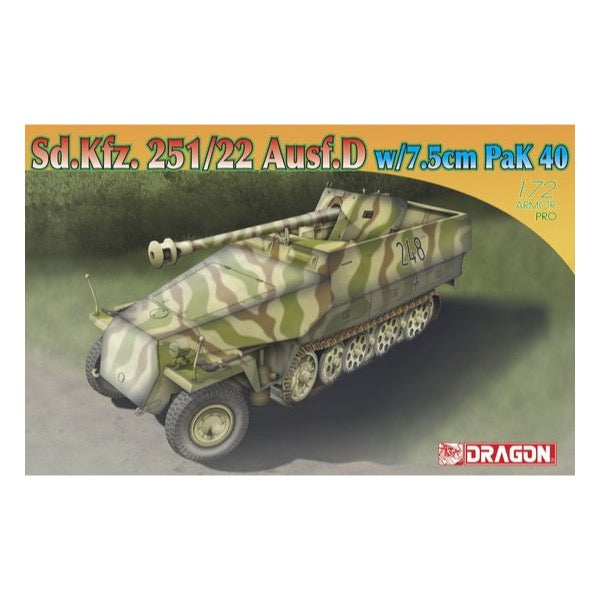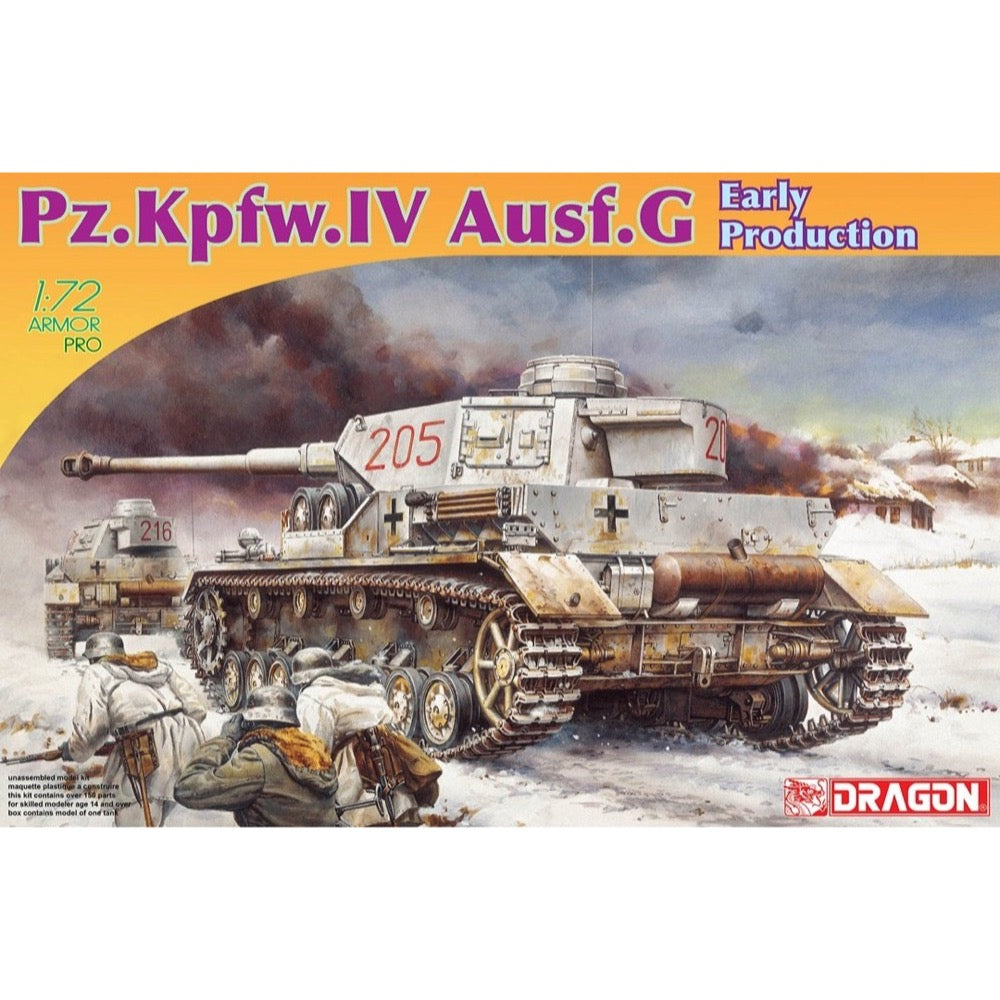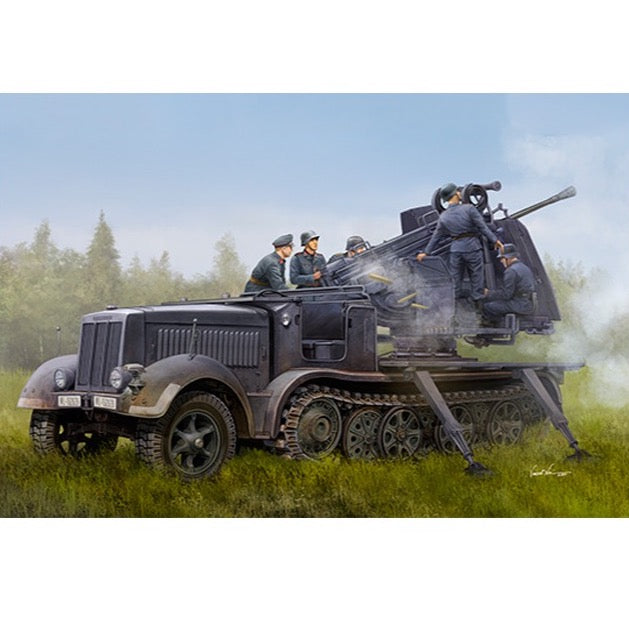
Trumpeter 09513 1/35 German 5cm FLAK 41 Auf Selbstfahrlafette Sd Kfz 7/2
48.00
$
<p>The 5 cm FlaK 41 was 50 mm anti-aircraft gun produced for defending intemediate zone above the light, 37 mm guns' range, but below the ceiling of the heavy, 75 mm and above, pieces. Development of the gun, although started in 1936 was slow, and the contract was awarded to Rheinmetall-Borsig only in 1940. The gun was produced in two models, used for defending important industrial installations. None of the two was a success and both shared the same faults. The speed of traverse was too slow for fast-moving targets and the gun proved underpowered, even though the propellant gave a powerful blast, able to dazzle the aimer even in broad daylight. Altogether 60 of 5 cm Flak 41 were produced, starting from 1941. Some of them were still in use in 1945.</p>
<h3>Features</h3>
<ul>
<li>The Kit Consists of Over 850 Parts</li>
<li>Details Finely Represented By Newly Tooled Parts</li>
<li>Individual Tracks Links</li>
<li>Rubber Tyres W/Fine Detail</li>
<li>Photo Etched Parts Included</li>
</ul>
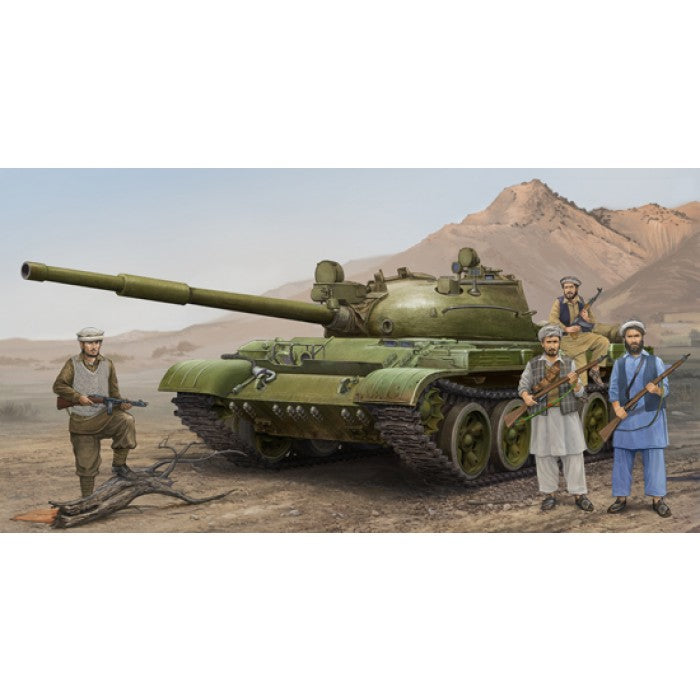
Trumpeter 01551 1/35 Russian T-62 Mod.1975 (Mod.1962+KTD2)*
30.00
$
<p>The Russian T-62 is a main battle tank that incorporated many armament features including the usage of a smoothbore tank gun that would become standardized in subsequent mass-produced tanks. While the T-62 became the standard tank in the Soviet arsenal, the T-62 was replaced by the T-72 service in the Russia and successor states of the Soviet Union.</p>
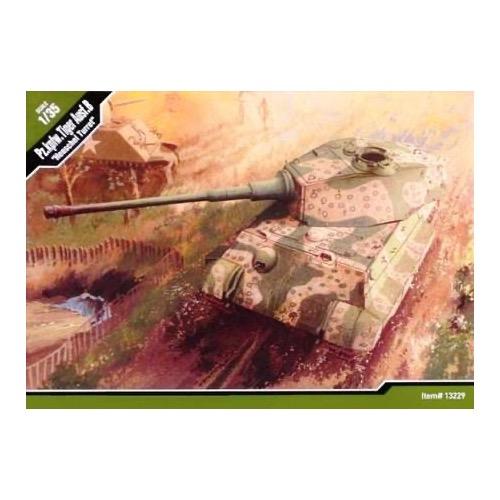
Academy 13229 1/35 King Tiger Henschel Turret Last Production Model
32.00
$
<p>PzKpfw VI Ausf. B Tiger II or colloquially Konigstiger (Polish royal tiger) was a German heavy tank from World War II. The first prototypes of the vehicle were built in 1943, and serial production continued in 1944-1945, ending with the production of 487 vehicles. The Tiger II was powered by a single Maybach HL 230 P30 engine producing 700hp. It was armed with 1 88mm PaK 43 L / 71 gun and 2 7.92mm MG34 machine guns.</p>
<p>PzKpfw VI Ausf. The B Tiger II was created in connection with the commission by Albert Speer in January 1943 of the Henschel and Porsche plants to design a new heavy tank for the German armed forces. The first prototypes were ready by October this year, and a car designed by the Henschel company entered mass production, with 50 units of the new tank having a tower designed by Porsche (the so-called Porsche tower). The royal tiger had a great anti-tank gun, capable of destroying any armored vehicle of the Red Army or Allies at the time at a distance of 1500-2000 m. It was also very well armored, and its armor was carefully contoured. In fact, the new German tank was unattainable for most enemy vehicles at distances above 1000-1200 m. Undoubtedly, the Tiger II had numerous disadvantages: first of all, the engine was definitely too weak, which was the same as the 11 tons lighter Tiger I. The gearbox was also damaged. and the entire driveline system, which was extremely failing and prone to failure. The Tiger II was also incredibly time-consuming and expensive to produce, which, taking into account the difficult situation of Germany on the fronts in the period 1944-1945, was also a big minus. The Royal Tiger underwent its baptism of fire during the Normandy operation in the summer of 1944 as part of the 503rd Heavy Tank Battalion and 101st SS Heavy Tank Battalion. Later, units equipped with these tanks also fought on the Eastern Front in 1944-1945, and perhaps the largest number of Tiger II tanks in one operation was used in the offensive in the Ardennes at the turn of 1944-1945.</p>
<p>As they say, you can never have too many Tiger kits. And here's one more: the final production version of the monstrous King Tiger! This all-new tooling includes photo-etched metal detail parts and two crew figures. Decals by Cartograf. </p>
<p>This is an injection-plastic military vehicle model kit.</p>
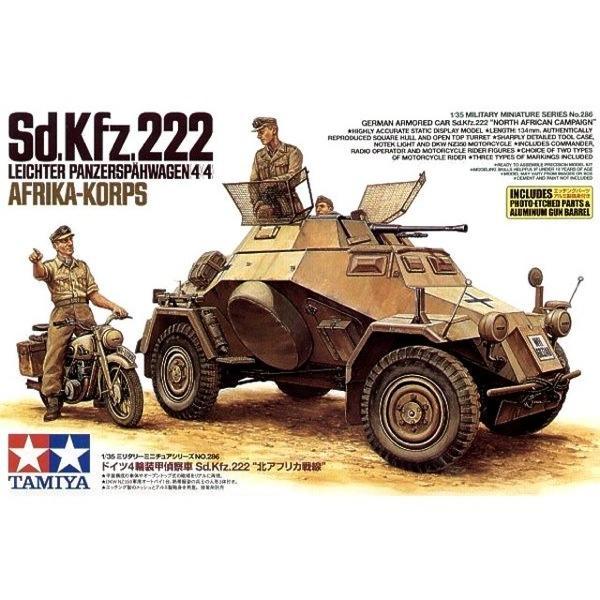
Tamiya 35286 1/35 German Sd.Kfz.222 Leichter Panzerspahwagen 4x4
21.00
$
<p>The Sd.Kfz.222 was a 4WD armored car used by the German army for reconnaissance duties. It was well-armed with a 20mm cannon and a machine gun in its open turret, which was protected from grenades and fragments by metal mesh covers. Powered by a 90hp liquid-cooled engine mounted in the rear, it was capable of a maximum road speed of 70km/h and maximum cross-country speed of 40km/h. The famous Field Marshal Erwin Rommel's Afrika Korps used these armored cars in the North African desert for scouting and offensive operations, together with the DKW NZ350 motorcycle.</p>
<h3>Features</h3>
<ul>
<li>Angular shape of the armored car accurately reproduced, complete with tool case and headlight details.</li>
<li>Precision-made photo-etched parts for the turret mesh covers and aluminum 20mm cannon barrel are included for enhanced detail.</li>
<li>3 types of markings included to depict units in North Africa.</li>
<li>DKW NZ350 motorcycle is authentically recreated.</li>
</ul>
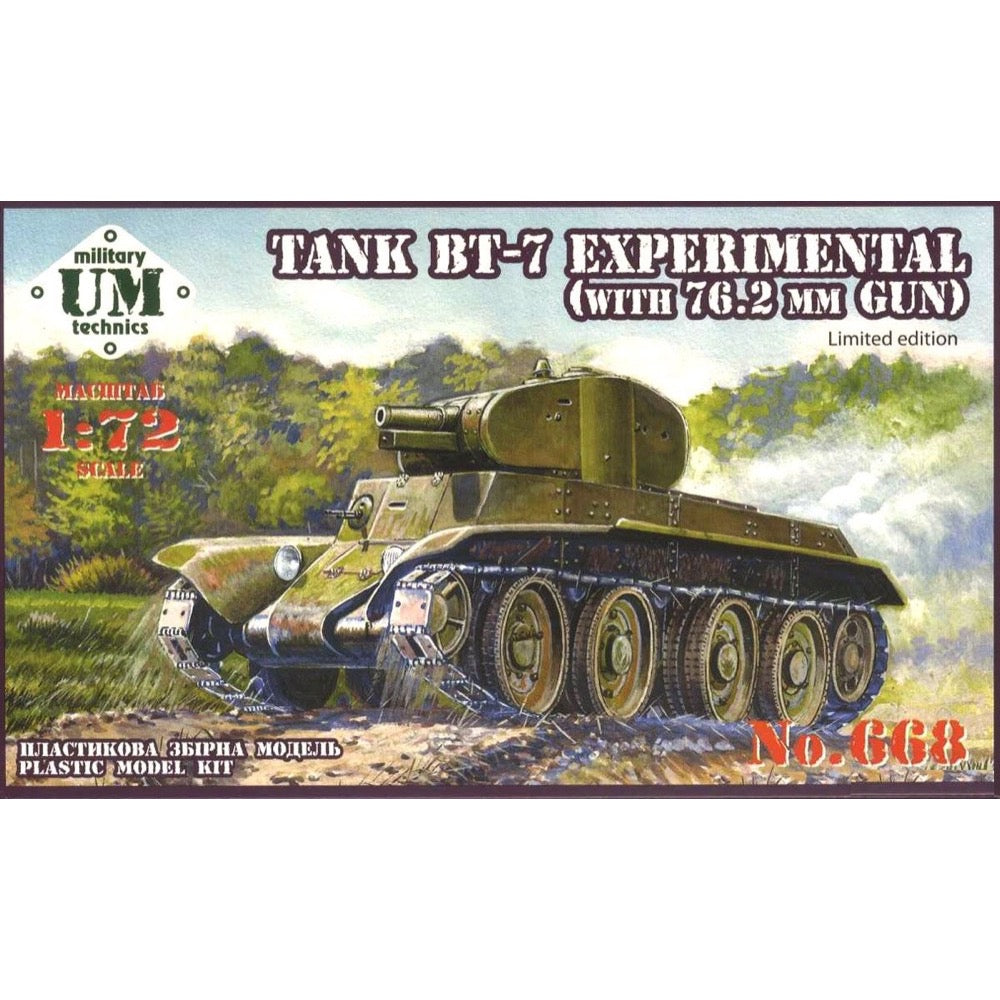
UM Military Tactics 668 1/72 BT-7 Experimental with 76.2mm Gun Limited Edition
8.00
$
<p>The BT-7 was the last of the BT series of Soviet cavalry tanks that were produced in large numbers between 1935 and 1940. It was lightly armoured, but reasonably well-armed for the time, and had much better mobility than other contemporary tank designs. The BT tanks were known by the nickname Betka from the acronym, or its diminutive, Betushka.</p>


